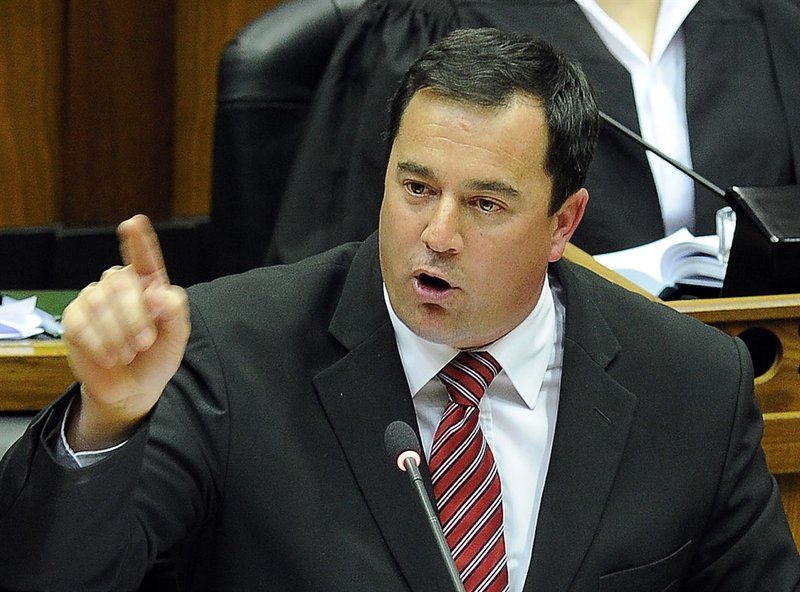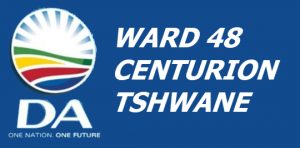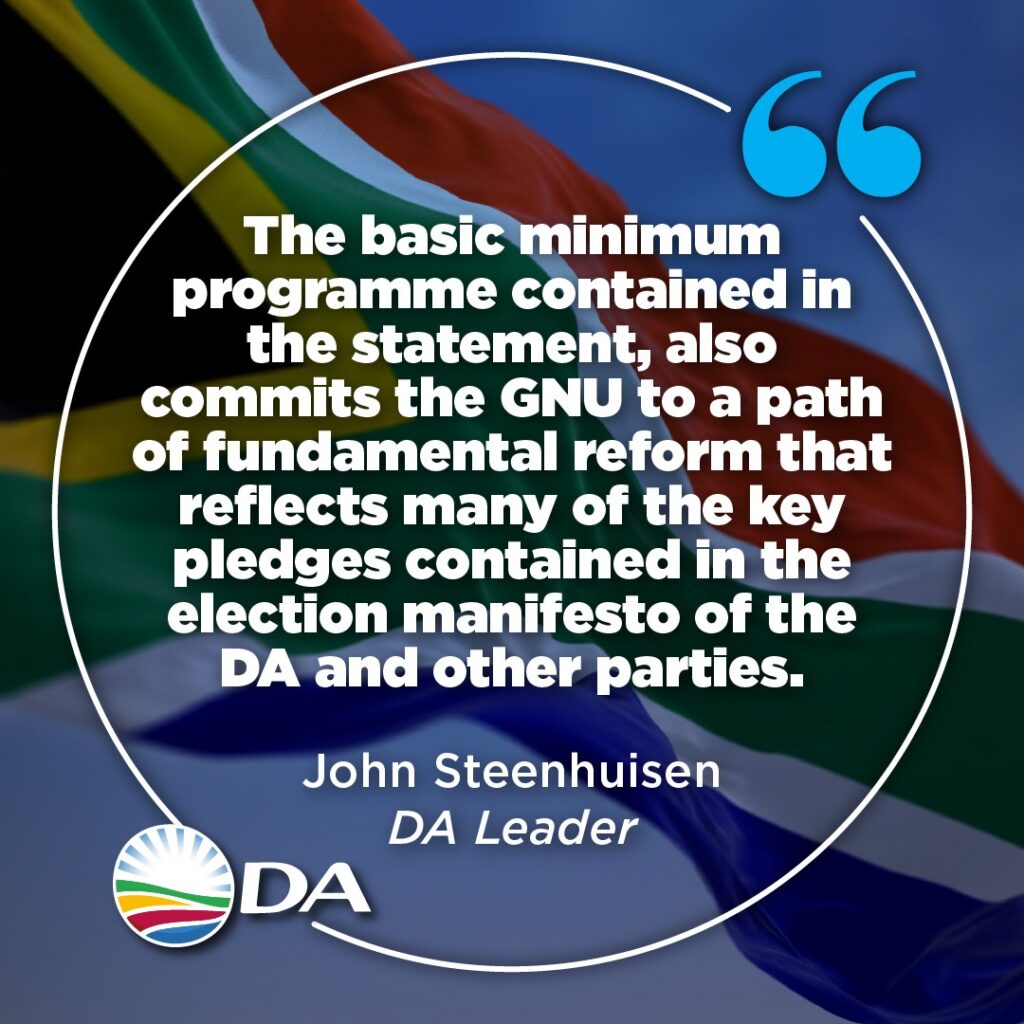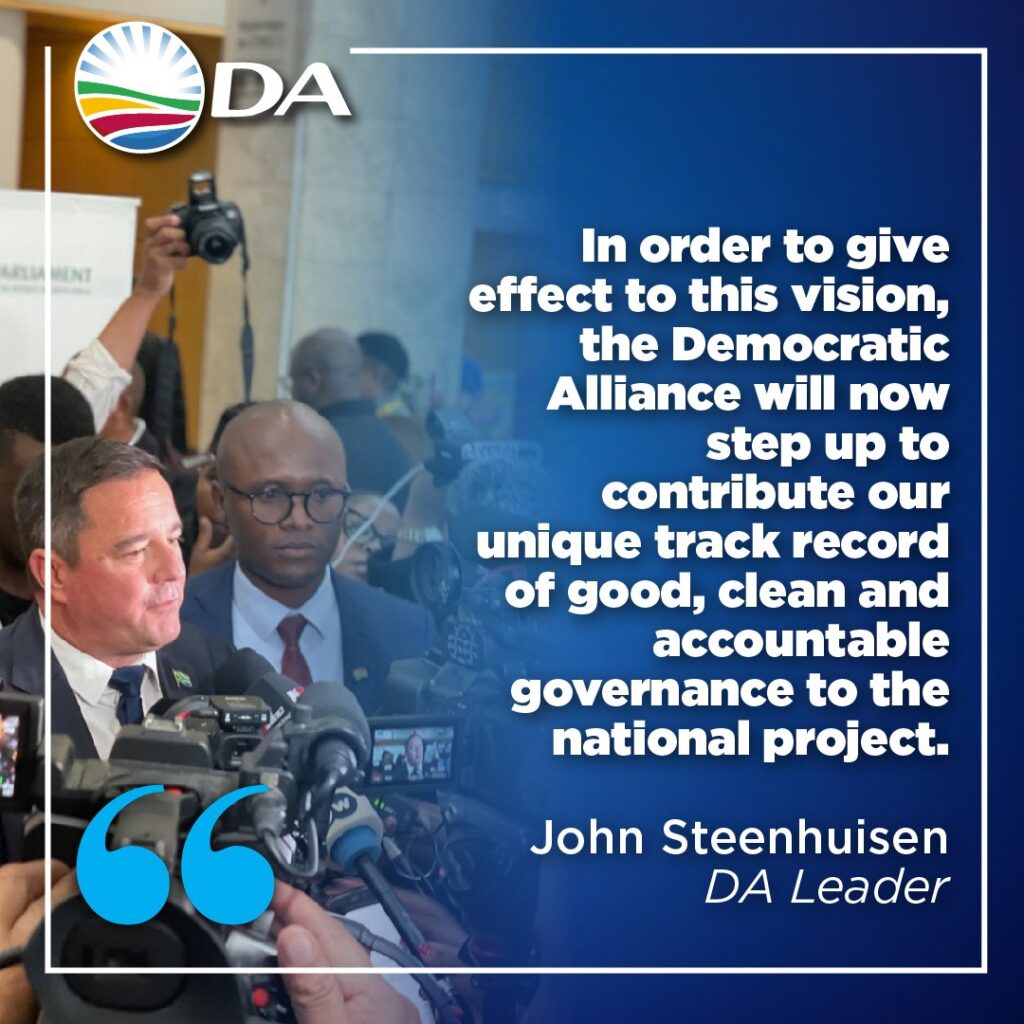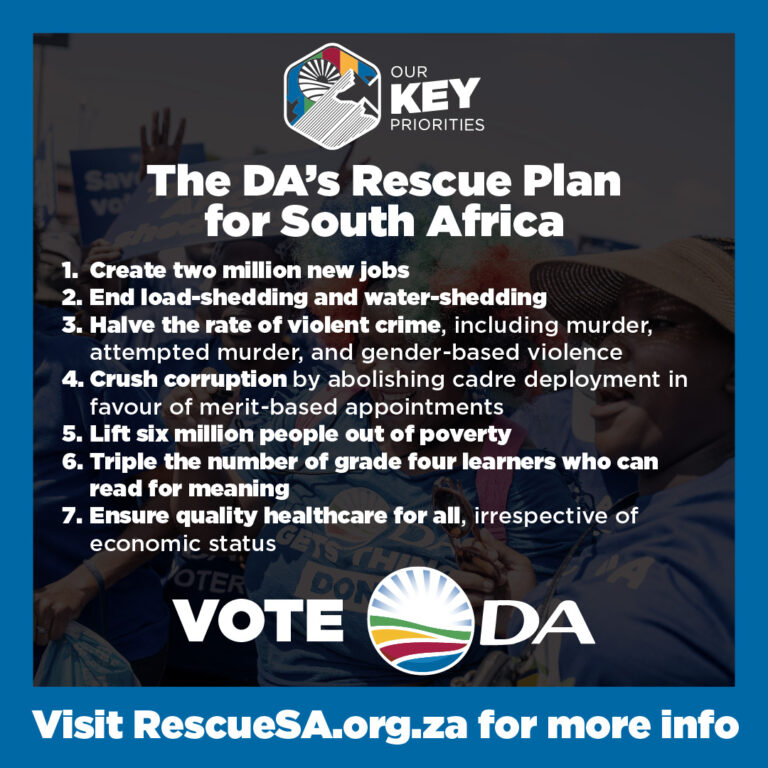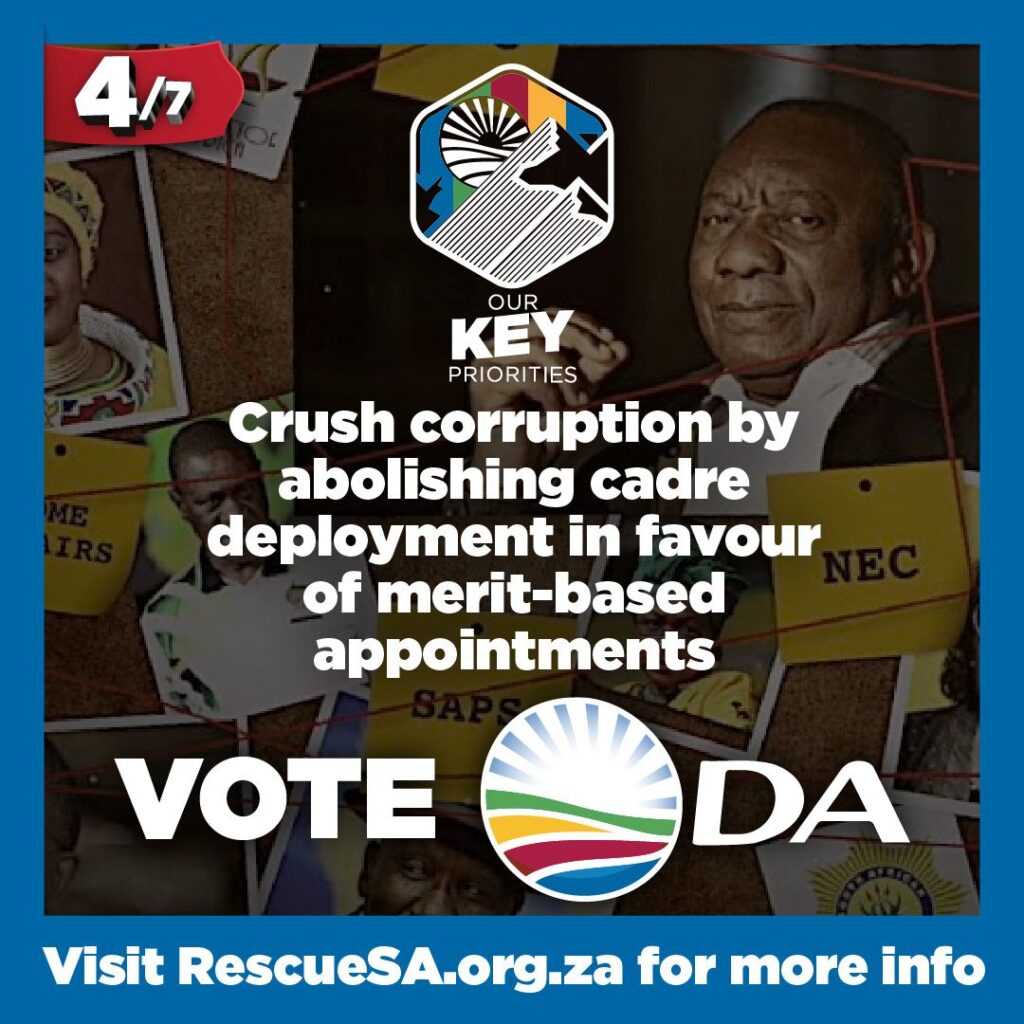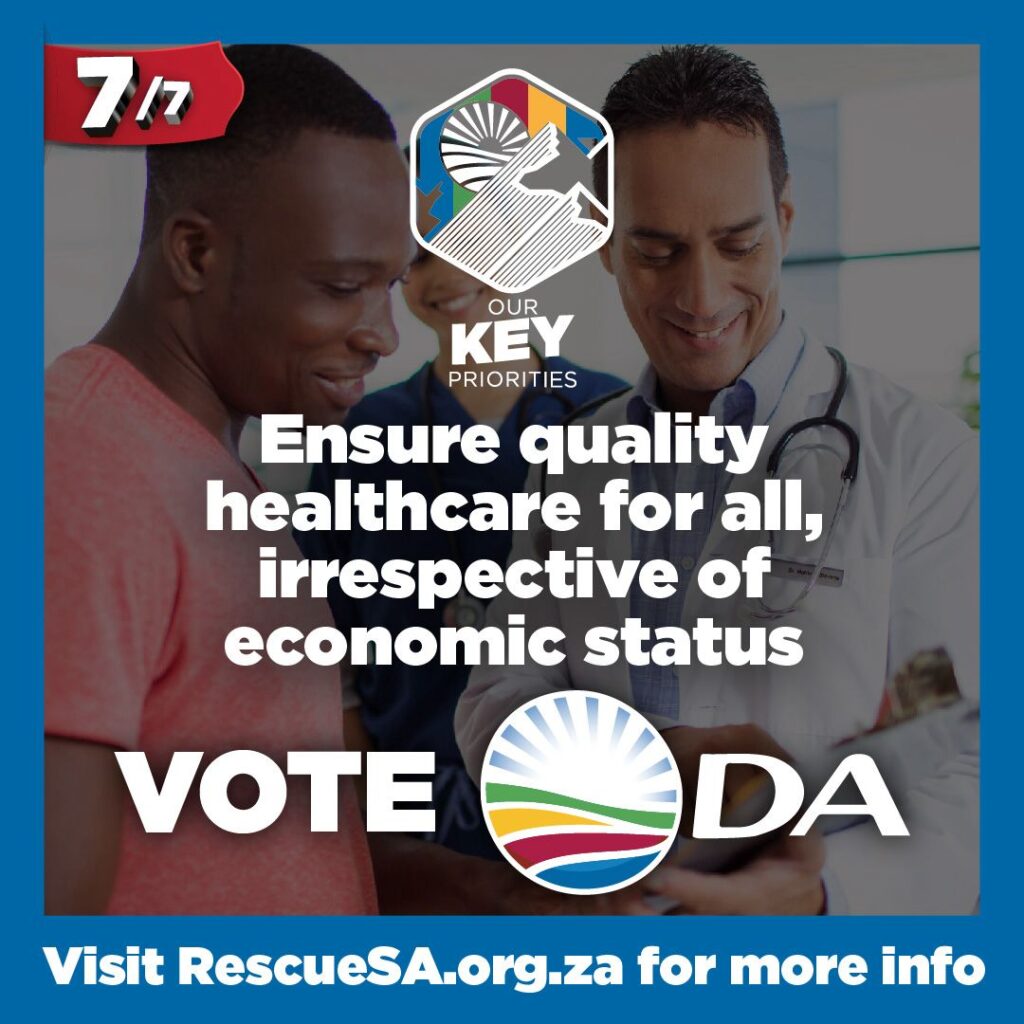The model is a way of subordinating the constitutional autonomy of local and provincial government, and while it doesn’t propose a change to the constitution, it foreshadows it
05 FEBRUARY 2021 – 05:02CILLIERS BRINK
If months of economically ruinous lockdowns, followed by the bungling of the Covid-19 vaccine, hasn’t shaken your confidence in centralised government control, nothing will.
Even if President Cyril Ramaphosa arranges a publicity event for every shipment of the vaccine that trickles into the country, he can’t hide the fact that his government has left South Africans near the back of the global vaccine queue. And if the same government is to have exclusive control over the rollout of the vaccine, the lining of ANC pockets with taxpayers’ money is all but guaranteed. So much for the “good ANC”.
Concentrating more power at the centre remains the ANC’s solution to every problem, especially those of its own making. The assumption is that the country under ANC leadership already has all the right policies; what is lacking is effective implementation. For Ramaphosa, this means power has to be in the right hands, further away from local ANC barons that constitute “the bad ANC” and further away from successful governments controlled by the DA.
This is what the district development model is all about.
Even though every national government department and minister now writes and speaks the language of the model, it has largely escaped public attention. To outsiders it looks like just another local government turnaround strategy, the latest in a series of at least eight, starting with “Project Consolidate” in 2004 and including “Back to Basics” a decade later.
The success of the DA-led governments in the Western Cape is pushing the country in an opposite direction, away from centralisation and towards devolution
All these efforts were in large part a response to the skills crisis in local government, but they did nothing to change ANC policies that have narrowed the pool of expertise available to municipalities in the first place, including cadre deployment and race quotas in recruitment and procurement.
All relied on the transfer of expertise from national government. All ended in failure.
What, then, makes the district development model any different? For one, government has run out of money and personnel to transfer to failing municipalities. Existing municipal and provincial resources will have to be redirected. Under the model a collective plan and budget (called a “one plan” and a “one budget”) will be prepared for all spheres of government operating in a particular geographic area.
This includes districts where the ANC doesn’t control either the municipality or the provincial government. To implement these measures the co-operative governance and traditional affairs (Cogta) minister, Nkosazana Dlamini-Zuma, plans to issue regulations under the Intergovernmental Relations Framework Act.
And so the ANC will try to reframe the widespread corruption and breakdown of services in municipalities under its control as a problem of poor co-operation and co-ordination between different spheres of government. The approach is to double down on implementation and avoid any debate about what is being implemented.
Addressing the SA Local Government Association in December, Ramaphosa even held up his own government’s handling of Covid-19 — characterised, as we know, by national executive “command” — as an example of what needed to be done to fix dysfunctional municipalities.
But where does this leave the plans and budgets of democratically elected local and provincial governments, especially those that are performing well? What if there’s a conflict between the goals set by Western Cape premier Alan Winde and the national government’s “one plan” for the province? What if a newly elected government takes over in Gauteng in 2024? Will it be bound by the “one plan” agreed to by the former ANC premier?
The DA has not found reassuring answers to these questions. Last week, Cogta hosted a webinar on the district development model at which a Cogta official, Louis Scheepers, explained that it signified a shift from a civilian to a military approach to planning, called “joint planning”. According to Scheepers resources would no longer be wasted trying to align the goals of different spheres of government. Fighting the common enemies of poverty, inequity and unemployment required a unified approach, presumably one dictated by national government.
This is not co-operative governance as envisaged by the constitution. This is a way of subordinating the constitutional autonomy of local and provincial government. It confirms the DA’s suspicion that the model is a way of incrementally centralising power in the hands of what has by now been revealed as a thoroughly incompetent national ANC leadership. Even if the model doesn’t propose a change to the constitution, it foreshadows it.
In the meantime, Ramaphosa’s plans for centralised control faces another challenge. The success of the DA-led governments in the Western Cape is pushing the country in an opposite direction, away from centralisation and towards devolution. The Western Cape provincial government, now under DA control for more than a decade, wants to deliver more of the services that national government is increasingly incapable of delivering. It wants a shot at procuring the Covid-19 vaccines directly from suppliers, for example, and deploying its own police (to go after criminals, not surfers) and managing commuter rail services.
And why not? Why should the ANC’s failure be syndicated across the country, as seems to be the prospectus of the district development model? Why should other communities be prevented from following the Western Cape example and opting out of failed ANC leadership? Instead of doubling down on what has already caused so much harm, SA urgently needs experiments in new government and new policy.
• Brink is a DA MP and shadow co-operative governance and traditional affairs minister.




